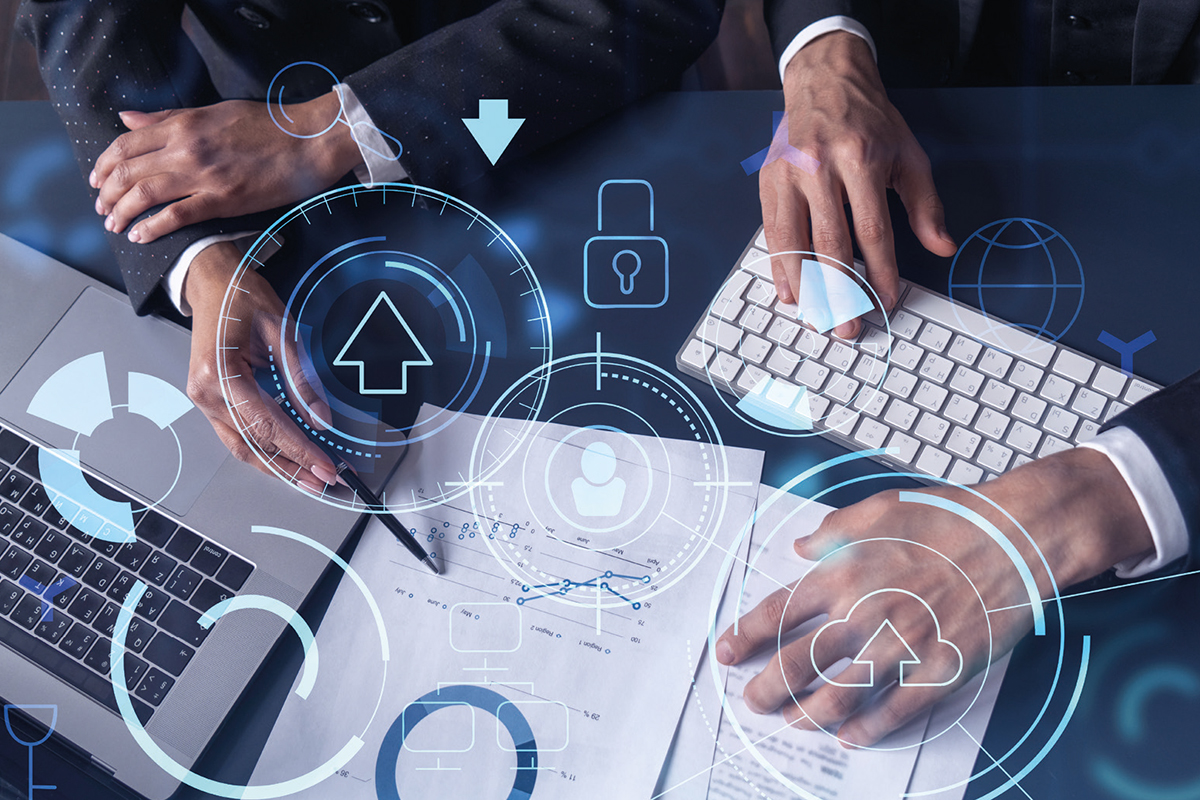
The dynamics of the employer-employee relationship have undergone a significant transformation in recent years, marked by a shift in employees increasingly calling the shots. The recent firing and re-hiring of Sam Altman, the Chief Executive of OpenAI, drew extensive media attention in November 2023, when employees threatened to leave in response to his departure.
This highlighted the growing power of employees in influencing corporate decision-making. Whilst employees are becoming increasingly empowered, this could raise concerns about the challenge it can pose to the traditional workplace hierarchy and managing employees. So, has there been a seismic shift in the traditional relationship of ‘servant and master’ which underpins all contracts of employment?
Pam Loch of Loch Associates Group unpicks this traditional dynamic
Employees as servants
The traditional employee-employer relationship positions employees as servants, bound by contracts stipulating their role and responsibilities, hours of work and payment for their personal service. Contracts of employment demand exclusivity, emphasising the subordinate nature of the employee, who is expected to devote their whole working time and attention to serve the needs of the employer. This underpins the hierarchical dynamic where employers hold significant control over the professional lives of employees.
Employees as masters?: Sam Altman and Open AI
Sam Altman’s departure and subsequent return to OpenAI exemplifies the changing power dynamics in the modern workplace. Altman was appointed as Chief Executive of OpenAI with a vision to lead the organisation to the forefront of AI innovation, whilst preserving the company’s position on ethical development. Altman’s ‘ability to corral support’ from his ‘ferocious ambition’ is labelled by The Financial Times as ‘The Sam Altman Effect’.
Under his leadership, OpenAI pursued groundbreaking projects, including the development of GPT-3, a language model used to generate human-like text and comprehend complex language patterns. These systems are revolutionising the modern workplace and are being utilised to streamline processes such as recruitment – to source, screen, and interview candidates – in addition to providing round-the-clock customer support.
In November 2023, Altman was told he was being exited from OpenAI due to a misalignment in strategy and failing to be ‘consistently candid in his communications’. The announcement shocked Silicon Valley, and uproar ensued as investors pushed for Altman’s return.
Microsoft, a major investor in an OpenAI subsidiary, announced that it had hired Altman and OpenAI’s former President, Greg Brockman, to head up a new AI research unit. Over 600 of OpenAI’s employees signed a letter to the Board threatening to leave and join Microsoft’s research team unless Altman and Brockman were reinstated. The employees wrote: ‘We are unable to work for or with people that lack competence, judgement and care for our mission and employees’.
OpenAI employees also began tweeting ‘OpenAI is nothing without its people’ with one AI researcher going as far to say that ‘Unless Sam and Greg are brought back, there will be no OpenAI left to govern’. OpenAI eventually responded, saying an agreement in principle had been reached for Altman’s return.
Striking a balance
The events that unfolded with Sam Altman and OpenAI reflect a shift from the traditional top-down decision-making model, illustrating the increasing impact of collective employee voices in corporate governance and management. The shifting dynamic from servant to master does not only involve a change in the balance of power, but also a shift to employees being given a voice to influence their employer’s decisions.
This arguably can be seen with the impact of the #MeToo movement which has played an important role in reshaping the employer-employee relationship, giving voices to individuals to hold organisations accountable for fostering safe and inclusive work environments. This movement empowered employees to speak out against harassment and discrimination, compelling employers to reassess their internal policies and procedures, signalling a departure from the top-down approach to management.
The tight recruitment market has played its part in changing the dynamic between employers and employees. It has empowered individuals to set the agenda for what their roles and their salaries should be.
The power of collective employee voices in single organisations has been instrumental in bringing about fundamental change in organisations and their culture. Scottish brewer BrewDog is an example of this. The business felt compelled to carry out an extensive culture review, following claims from their workers that they were ‘burnt out, afraid and miserable’. This prompted an injection of £9 million to strengthen HR resources and improve salaries and benefits. However, we have to keep in mind that people are no longer the only decision-makers in the modern workplace…
AI, the real future master?
The integration of AI in the workplace introduces another dimension to the changing dynamics between employers and employees. As AI becomes more sophisticated, there is a concern that it may transition from being a subordinate tool to an autonomous master, with the potential for machines to operate beyond human control.
The widespread use of AI in the workplace raises concerns regarding bias, discrimination in decision-making, failings in the accommodation for disabilities, and data privacy. The race for AI development also heightens concerns that safety testing efforts are outpaced by the competitive landscape, heightening the risk and potential consequences of creating systems that surpass their original programming, to become masters of their own decisions.
What do employers need to consider?
The employer-employee relationship has undeniably shifted, with employees increasingly influencing decisions
that were traditionally reserved for employers. The Sam Altman saga at OpenAI serves as a powerful example of this shift, highlighting the empowerment of employees in shaping organisational leadership.
As the work landscape continues to adapt to accommodate flexible working arrangements, the #MeToo movement reinforces the ability for employees to drive change. To add to this, the integration of AI in the workplace introduces an additional layer of complexity in managing bias and discrimination, and the implications of the shift in the employer-employee dynamic extending beyond human interactions.
As we navigate these changes, it is crucial to strike a balance which empowers employers to foster a culture of transparency, fairness and inclusivity, while ensuring the responsible integration and management of AI in the workplace.
Pam Loch, Solicitor and Managing Director of Loch Associates Group
www.lochassociates.co.uk





